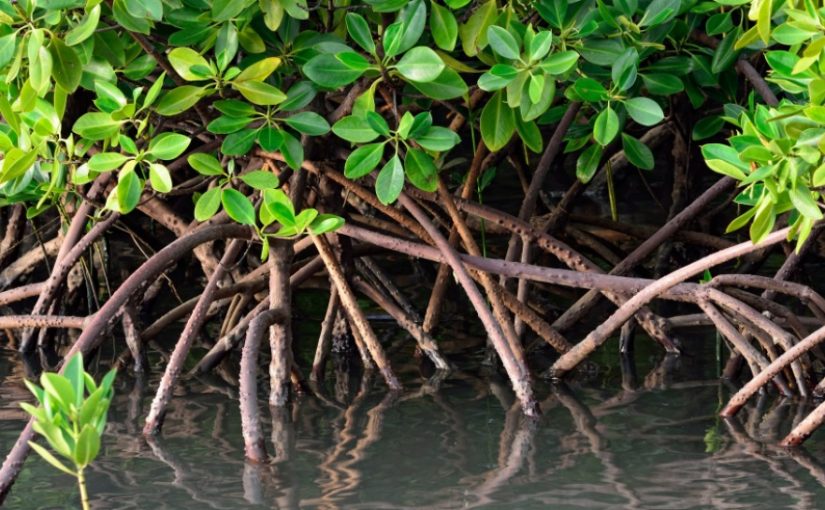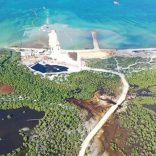Mozambique: Mozambique: Maputo park 'optimistic' about earning World Heritage status
Mozambique: Recovery of mangroves key to climate change adaptation

FILE PHOTO - For illustration purposes only. [File photo: "Convention des Maires pour l'Afrique Subsaharienne" (CoM SSA)]
The recovery of mangrove forests is key to climate change adaptation and to mitigating the effects of cyclones and floods, according to Maria Salazar of the Spanish International Cooperation and Development Agency (AECID).
According to a press release from AECID, a project repopulating and conserving the mangroves in Mozambique’s capital city, Maputo, is in its pilot phase under a programme run by the Covenant of Mayors in Sub-Saharan Africa (CoM SSA). The project is being co-financed by the European Union and AECID.
AECID notes that “Mozambique’s vulnerability to climate change is extreme; in fact, it is the country with the highest global climate risk index according to 2019 data”. It points out that Mozambique has large coastal areas which are exposed to frequent tropical cyclones, floods, and droughts.
It points out that “Mozambique’s coastline has a great ally in the fight against floods and cyclones – the mangroves. They protect the coastline with their dense root systems that act as natural buffers against storm surges. In addition, they also provide a breeding habitat for marine biodiversity and play a crucial ecological role in fertilising, stabilising, and regulating the microclimate”.
However, the country’s mangroves are under threat from rising sea levels, changes to the chemical composition of the oceans, urbanisation, pollution from industries, and the use of mangrove trees for firewood and building materials such as wooden stakes. AECID laments that “if action is not taken today, it is highly likely that the rate at which these changes occur will exceed the adaptive capacity of mangrove forests and the species that live in them”.
AECID says this is why it is supporting the Maputo municipality’s pilot project for the recovery of the mangroves. The project involves plans to regenerate 102 hectares of mangrove forest in Katembe using saplings grown in the municipal nursery. This will be done in conjunction with activities to protect the area and to educate local people about the benefits of the scheme.
The project will also renovate the gates that control the entry and exit of water in the Costa do Sol neighbourhood, allowing for the controlled flooding of the mangroves. A pedestrian walkway will also be constructed to allow visitors to view the mangroves without damaging the fragile environment.
Maria Salazar concludes that “coasts such as Mozambique’s need action to protect essential ecosystems such as mangroves and to combat climate change”.
Since its founding in 2015, the Covenant of Mayors in Sub-Saharan Africa (CoM SSA) has supported local climate action with political commitment from over 250 local governments. The initiative has the support of the European Union through the European Green Deal. CoM SSA also works to strengthen the Africa-EU partnership and supports Agenda 2063 of the African Union Commission. It is the regional chapter of an international alliance of cities, the Global Covenant of Mayors for Climate and Energy.
What role do mangroves play in coastal deterioration as a consequence of climate change?
The signatory city of Maputo knows the answer. Find out more about its project in the district of Katembe and Costa do Sol👇https://t.co/HPTp3Re6LD pic.twitter.com/a4kB5xmgvL— Covenant of Mayors in Sub-Saharan Africa (@CoMOSSAfrica) December 13, 2021












Leave a Reply
Be the First to Comment!
You must be logged in to post a comment.
You must be logged in to post a comment.